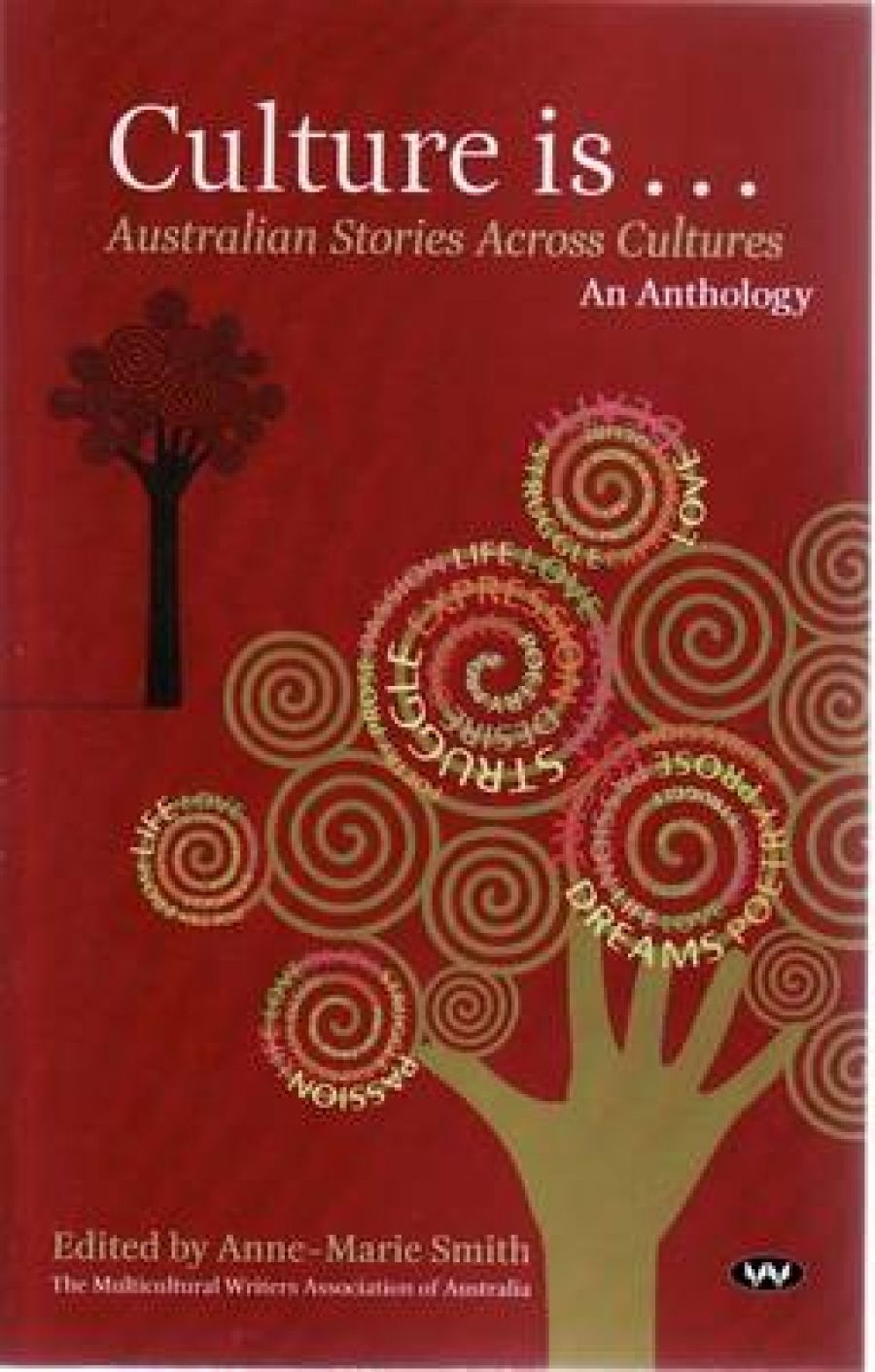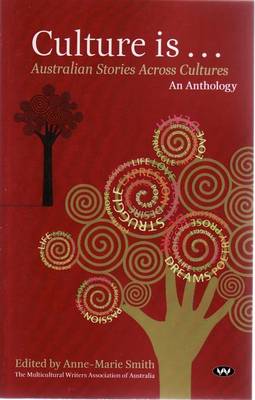
- Free Article: No
- Contents Category: Anthology
- Review Article: Yes
- Article Title: Not here, not there
- Online Only: No
- Custom Highlight Text:
Alberto Dominguez identified himself as un Australiano de habla hispana – a Spanish-speaking Australian. As such, he gave enormously to the Spanish-speaking community of Sydney. Dominguez was a radio broadcaster with SBS and community radio stations in western Sydney, and a founding member of several Latin American cultural organisations. For many Spanish-speaking Australians who came as refugees from Latin America, Dominguez’s radio-voice provided them with essential information and helped them settle in. Yet when he died as a passenger aboard American Airlines flight 11, which struck the northern tower of the World Trade Centre in September 2001, most media in Australia identified him only as an Uruguayan-born migrant, a father of four and a Qantas baggage-handler. There was little mention of his work in radio, or his prominence amongst the Spanish-speaking community. Bel Vidal, whose essay opens this anthology of stories, essays and poems, asks that Australians remember Dominguez – the first Australian to die in the World Trade Centre attacks – as more than a migrant who, decades after his arrival, still lacked fluency in English. Vidal, herself a migrant from Bolivia, argues that the civic contributions made by Dominguez in his first language deserve a place in Australian history and culture.
- Book 1 Title: Culture Is …
- Book 1 Subtitle: Australian stories across cultures
- Book 1 Biblio: Wakefield Press $24.95 pb, 256 pp
- Book 1 Cover Small (400 x 600):

- Book 1 Cover (800 x 1200):

The complexities of ‘bifurcated identity’, of language and belonging, of home here and homes left behind, of difference, acceptance or the lack thereof: these are the questions explored throughout the forty-five contributions to this collection. Featuring both established and emerging writers, Culture Is ... offers writing on Aboriginality, migrant and refugee experiences and settler identities. Emphasising the significance of language to identity, a number of the poems appear in bilingual format, either translated into the author’s first language (Italian, Slovene, Chinese) or written in the author’s mother tongue (Spanish, Kurdish) and translated into English. A prose piece by Aboriginal writer Dylan Coleman includes a poem in English and translated into Kokatha, the language of Coleman’s country in western South Australia. These translations make up barely seven of the book’s two hundred and fifty-six pages, but their inclusion contributes to the acknowledgment that culture in Australia circulates in many languages.
The editor, Anne-Marie Smith, has selected and arranged the material so that the stories and poems resonate through juxtaposition. The underlying premise, of course, is that the experiences and feelings conveyed can, indeed, cross cultures. Ali Alizadeh’s poem ‘Citizenship Test’, a bitter comment on the necessity of proving oneself ‘a good immigrant’, is followed by Bruce Pascoe’s sly story of expectations foisted upon Aboriginal people. Back to back, they point to affinities between migrants and Aboriginal Australians, both of whom are confronted daily with assumptions of identity not of their making. Such affinities are troubled, however, by a later pairing of texts. In ‘My Identity’ Gloria Corliss acknowledges the impact of dislocation and the separation of Aboriginal children from family, while also asserting her maintenance of Aboriginal culture and a deep sense of continuance. The poem which follows, by Jorge Salavert, describes an old man who ‘knows he belongs / not here / not there’ and admits, in Catalan: ‘Aquesta no es la meva terra’; ‘This is not my land’. Another migrant story, by a woman who came to Western Australia with her family as refugees from Iran, begins with the narrator expressing dismay that she ‘will never belong to this thing we call Australian culture’ because her name, Mahsa, is so unmistakably foreign. By the end, however, after working with the Aboriginal community in Onslow, WA, she learns through the elders’ stories of dispossession that many in Australia have experienced ‘alienation and loss’, and she comes to accept her identity as a Persian-Australian woman for whom displacement and belonging need not be mutually exclusive.
Anglo-Celtic narratives are no less complex. Heather Nimmo’s radio play ‘“Awa” the Crow Road’ brings together two brothers at the bedside of their dying father. Both were children when they and their parents left Scotland. As adults, one stayed in Australia, while the other returned to Scotland. As their father passes away, the brothers are at odds over where they each belong.
The pain of separation figures in many of these stories. In ‘Vietnamese Love’, by Phillip Tang, a young boy tries to understand the sense of loss experienced by his mother and auntie, who tell him: ‘There are some things in Vietnam that can’t be returned to.’ In ‘Contemplating Distance’, Heather Taylor Johnson writes of the sadness which inevitably follows phone calls to loved ones overseas. Multicultural anthologies have been a regular feature of Australian literature over the past two decades. Some have been small publications, with limited distribution. Culture Is ... aims for more. The book is an initiative of the Multicultural Writers Association of Australia, based in Adelaide, and while some pieces do have a South Australia setting, as a whole the writers come from all states and territories, and from over thirty cultural backgrounds. Multiculturalism may have been off the previous federal government’s agenda, and even the new Labor government waited twelve months before deciding to revive the Council for Multicultural Australia (abolished by the Howard government in 2006). The demographic and linguistic reality, however, is that cultural diversity is a defining quality of this nation, and opportunities to share stories across cultures remain vital to Australia’s understanding of itself.


Comments powered by CComment